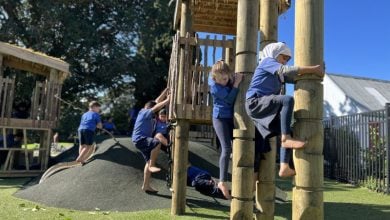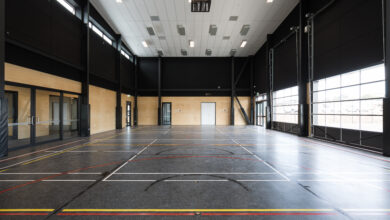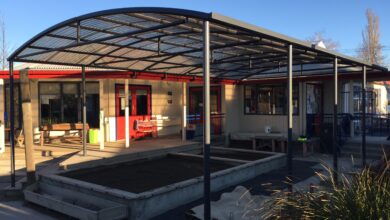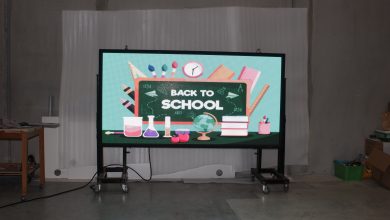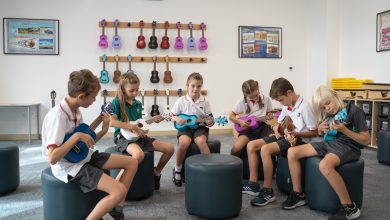Keeping the school’s playing fields in good shape
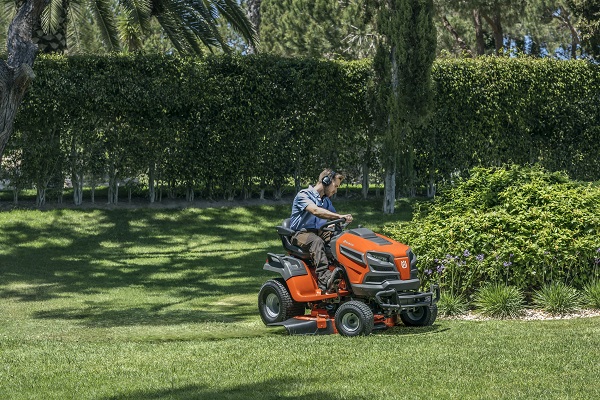
Providing good sports fields is an essential component for encouraging positive attitudes to physical activity, social interaction and well-being.
Keeping the school’s sports grounds well maintained will pay dividends in terms of student participation in sport. These spaces are in high demand, and good drainage, irrigation, lighting, accessibility and facilities are key to ensuring maximum use.
Industry view
General maintenance
“Many schools will have a general maintenance person who also acts as a groundsman, but they may not have specific knowledge of turf maintenance,” says Steve Mexted from Mexted Performance Sports Surfaces. “We are often asked to advise schools on what they can do to keep their fields in the best shape while falling within their budget constraints.”
Mexteds recommend that an annual programme includes:
- Spraying out broadleaf weeds
- Seed drilling
- Decompaction
- Fertilizing*
*Fertilizing – Fertilizing will usually be done in conjunction with soil testing to ensure that the correct fertilizer regime is used. Getting this right will lead to improved fertility and root development of the grass, making it more able to withstand winter wear.
The first step, however, is to ensure that the grass isn’t suffering from soggy ground conditions.
“Drainage is the key here. If surface rain water can’t get away you’ll soon have puddles and ponding, turning the turf into unsightly muddy areas where grass struggles to grow,” says Mr Mexted.
“Upgrading school sports fields means installing primary subsoil drains. This is a specialised job where a trencher, pulled by a tractor, cuts a slit at a depth of around 750mm into which novacoil drainage pipe is laid.
“Laser levelling technology is used to make sure the whole system works effectively. The trenches are automatically cut at perfect gradients over the whole playing field, helping rainwater to flow through the novacoil out to perimeter sumps and from there into storm water drains.
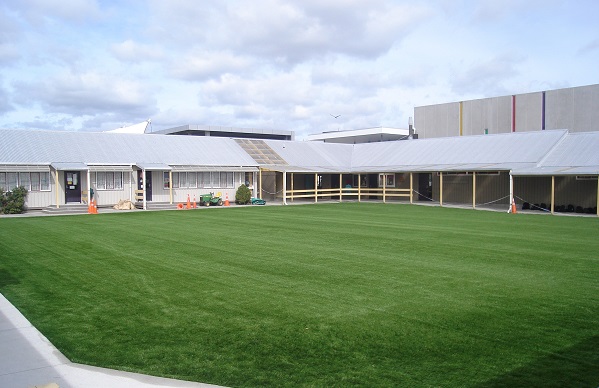
“With the primary drains tucked beneath the surface, the next step is to make sure that rain water can percolate down to reach them. This is where secondary drainage comes into the picture. One of the most cost-effective types of secondary drainage is known as gravel banding. This is based on an extrusion system, where 300mm deep trenches, cut at right angles to the primary drains, are backfilled with fine gravel or sand. A sand topping layer is usually applied on top of the gravel which is soon covered in grass. The playing surface is good to go as soon as the job’s done.”
Artificial turf
The benefits of artificial turf are mainly around use of the grounds in wet weather.
Before investing, consider that:
- artificial surfaces will require maintenance two to three times a year, and may be as expensive as maintaining a sand-based field
- maintenance includes putting a machine through to groom it, and re-crumbing it (the crumb rubber goes between the ‘grass’ fibres).
- It needs to be regularly disinfected to kill bacteria.
An artificial surface will need to be replaced after eight to ten years.
Equipment
All schools have different requirements; the size of the school grounds, the contour, layout and operator experience, says Hayden Ritchie for tool manufacturer, Husqvarna. “We recommend that schools speak with their equipment provider. Give them a detailed description of the grounds, the cutting result you require, how long the machine is intended to be operated for each day, and if possible an indicative budget. “A selection of machines can then be presented that are capable of fulfilling the schools’ requirements and hopefully within the cost expectation.”
“Schools may mow their own fields, and perhaps apply fertiliser themselves if they have a spreader that could be towed behind a quad bike for example, says Mr Mexted. “However, the other sports turf maintenance and construction equipment that is used for our type of work is specialised and it would not be worthwhile for schools to buy it themselves, therefore schools will bring in specialist contractors.”
Before you buy
Manufacturer warranty periods can range from 12 to 60 months depending on the machine and supplier. Maintenance schedules are required to maintain this warranty this could include daily, weekly, monthly and even yearly servicing. The daily servicing can be carried out by the school, and the larger servicing requirements can be carried out by the authorised dealer either onsite or at the dealer’s.

